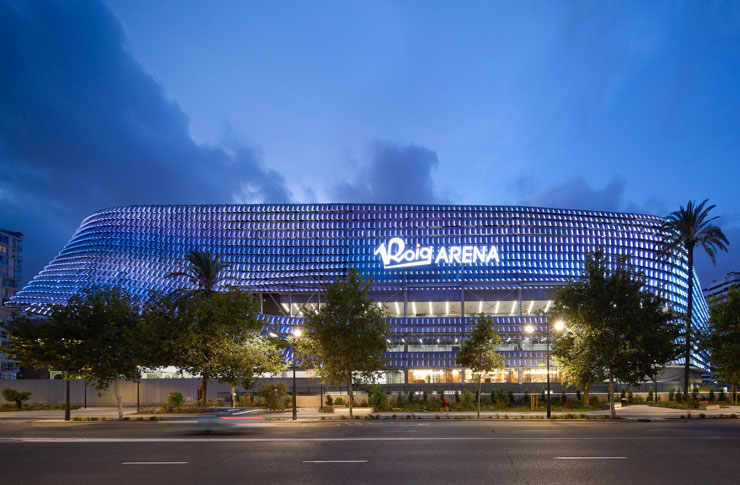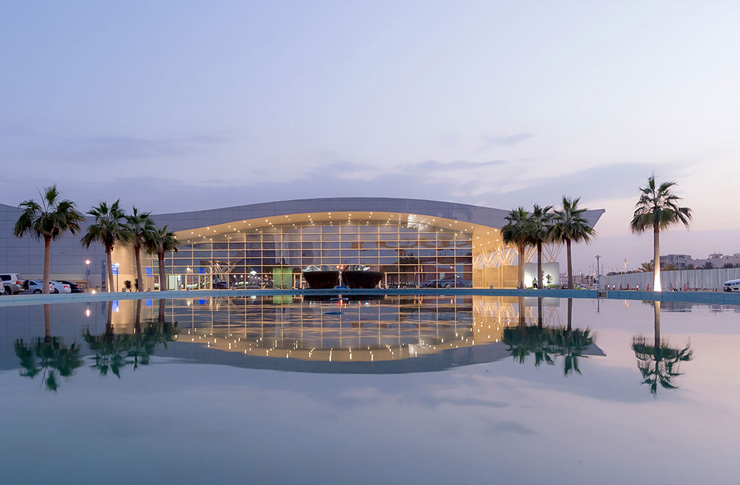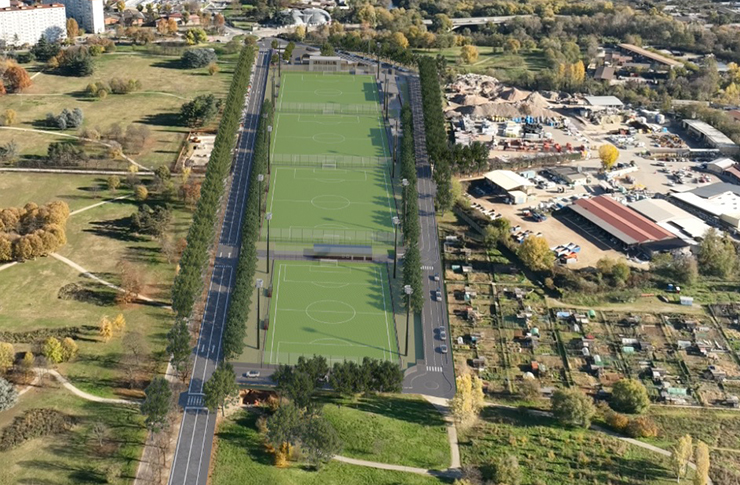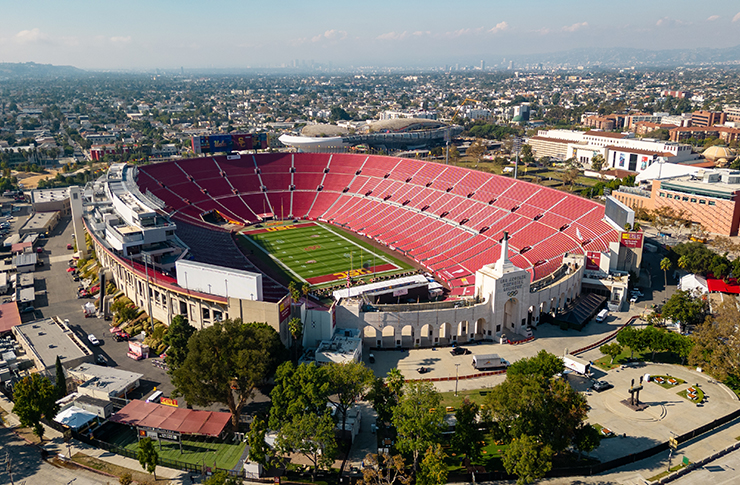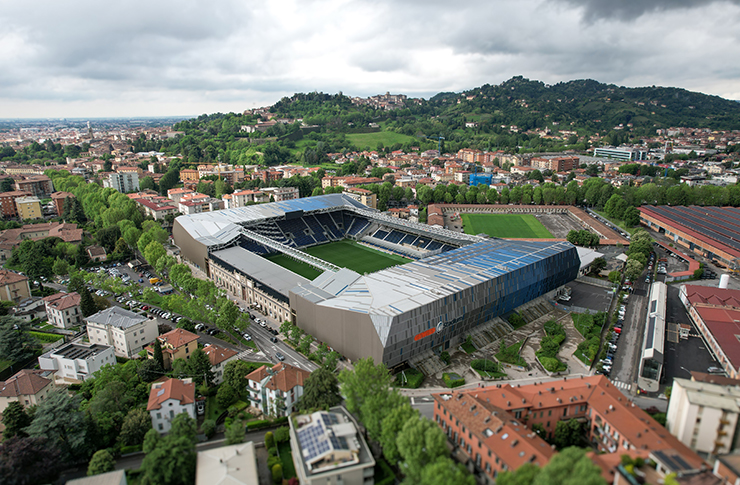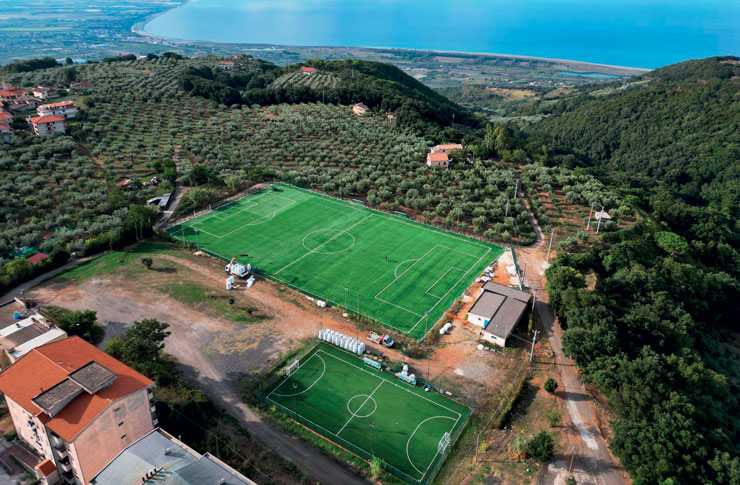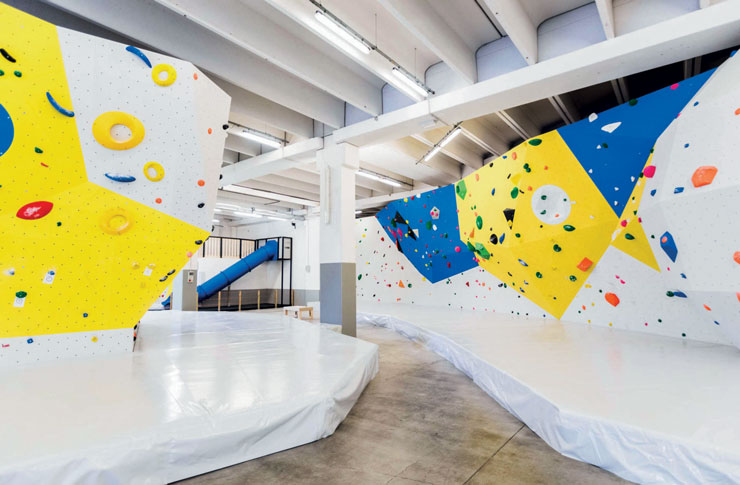A talk with 4a Architekten who designed the Neutraubling Indoor Swimming Pool in Germany, published on Tsport 364.
Interview with 4a Architekten – Andreas Ditschuneit

On Tsport 364, we published the design for the indoor swimming center in Neutraubling and took the opportunity to talk to Andreas Ditschuneit, Managing Partner at 4a Architekten, who worked on this interesting project.
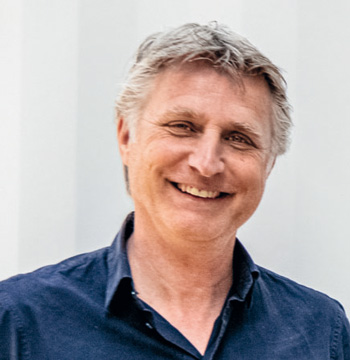
Neutraubling Swimming Pool won the BIG SEE Architecture Award 2025: which kind of prize is it? Which are the qualities and characteristics that have been awarded in this design?
The BIG SEE Architecture Award, an internationally renowned prize with roots in South-East and Central Europe, has been honoring excellent architecture, interior design and product design for decades.
It was awarded the prize for its well thought-out overall concept: combining three clearly separated functional areas – sports, leisure and wellness – under one roof, while creating an open, intuitive user experience through clear zoning and generous glazing. The choice of materials – exposed concrete, wood, porcelain stoneware and mosaic tiles – creates an appealing and warm atmosphere.
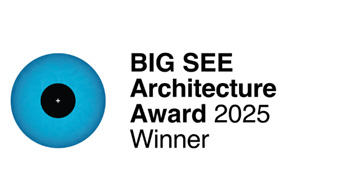
The jury paid particular attention to the organically flowing forms – from ceiling cut-outs and soft façade lines to the gently modeled exterior design – as well as the high energy standard: compact construction, high insulation standards, daylighting and natural ventilation systems make the swimming pool ecologically efficient.
The building is also impressive in functional terms: a separate entrance for schools and clubs and separate areas for sports and leisure swimmers show how architecture can serve a wide variety of user groups at the same time. Overall, the swimming pool in Neutraubling has a strong, independent architectural identity – these features convinced the jury of the BIG SEE Award.
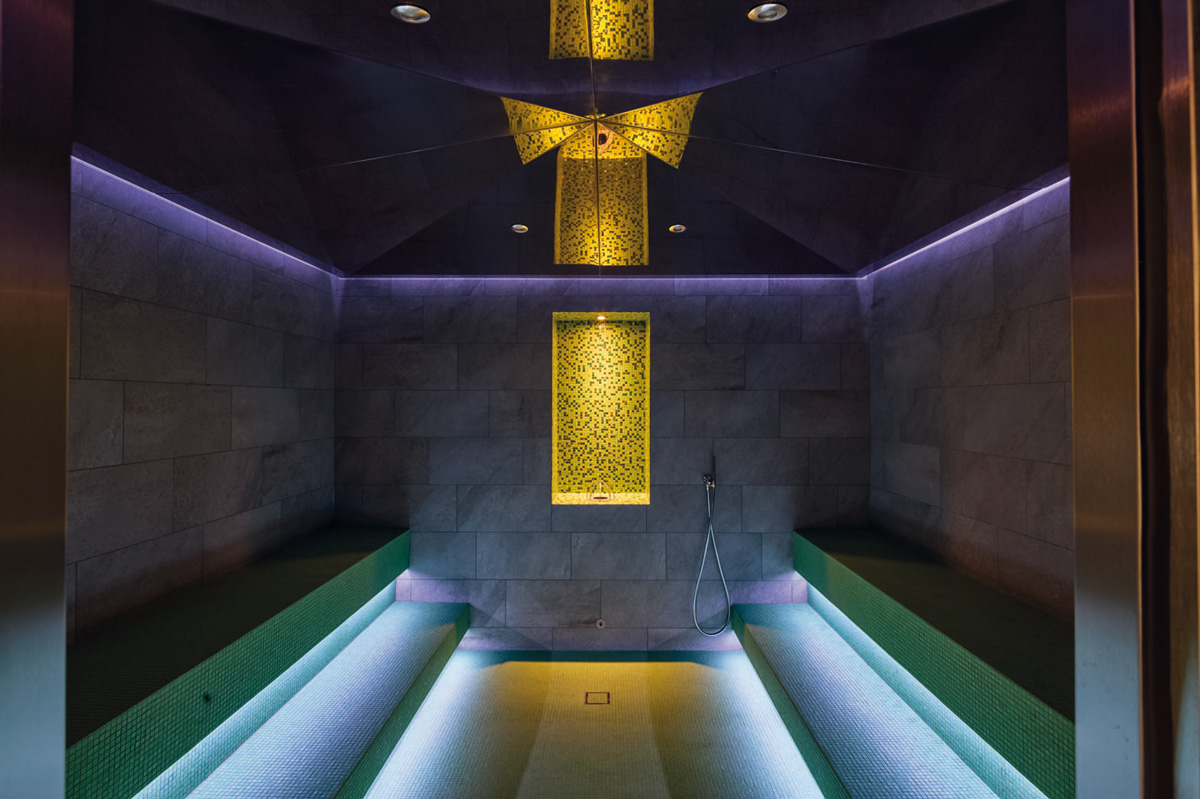
4a Architekten have designed a lot of swimming complexes. In the Mediterranean countries wellness areas are still considered “luxury spaces”. What happens in Central Europe, where wellness areas are integrated in the design of most swimming pools?
In Central Europe – especially in Germany, Austria and Switzerland – saunas and wellness areas have a long tradition and are firmly anchored in the population. Unlike in the Mediterranean region, where such areas are still often perceived as luxurious add-ons, here they are now considered an integral part of modern swimming pool facilities. Both cultural and economic factors play a role here.
On the one hand, leisure behavior in Central Europe is strongly influenced by the idea of health prevention. Saunas, brine inhalation, hot-cold alternating baths or steam baths are a matter of course for many users – not only for relaxation, but also to actively promote well-being. As a result, public pools are increasingly offering such services.
Secondly, the economic aspect is very important for operators. Traditional swimming pools, for example for school or club sports, generally do not cover their costs and are dependent on municipal subsidies. However, additional offers such as wellness and recreation areas can appeal to a broader target group. These additional offers not only increase the duration of guests’ stays, but also create new sources of income – for example through higher admission prices, catering or spa services. This makes the facilities more economically viable.
4a Architekten adhere to PHASE Initiative Sustainability: can you talk a bit about this? How do you addressed in this design the issue of energetic and environmental sustainability?
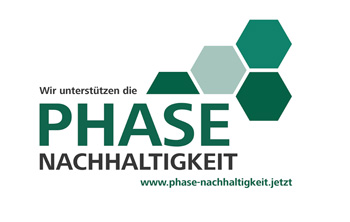
Yes, sustainability plays a central role for us – right from the start. We are part of the Sustainability Phase, a joint initiative of the DGNB and the German Federal Chamber of Architects, which aims to systematically integrate sustainability into architectural practice on a mandatory basis. For us, this means that sustainability does not begin with the planning of the technical systems, but rather at a very early stage – in the design, in the basic structure of a building.
We focus on durable, robust and timeless design instead of fast- moving design that has to be adapted again after a few years.
This applies not only to the design approach, but also to the choice of materials: building materials that are as recyclable as possible, less oil-based material, wood from certified forestry, steel, recycled concrete wherever possible. For us, these principles are not only incorporated in the construction process, but already in the design phase – in close dialog with specialist planners, building physicists and the client.
Swimming pools are very energy-intensive buildings per se – there’s no denying that. But for us, sustainability is much more than just energy efficiency. It’s also about architectural longevity, flexible floor plans, respectful use of resources and good indoor climates. And it is also about how a building will function in 30 or 50 years’ time – not only in technical terms, but also in terms of its social relevance.
Let’s talk about the team of 4a Architekten: how is it made up of? there are a lot of women in it, what’s their role in your team?
Our team at 4a Architekten is international and interdisciplinary – and we find this very enriching. Our collaboration is characterized by equality – as a matter of course. Women and men work for us in all functions, from competition work and project management to construction management or technical planning. Staffing is not based on gender, but on competence, interest and team constellation. We experience on a daily basis that a balanced and diverse team strengthens the quality of our work and promotes open, respectful cooperation.
We see our office as a place where people think, plan and make decisions together – regardless of hierarchies or background. This applies to architects as well as to interns and students who work with us. This culture of openness and equality is something that we actively cultivate – and that is reflected in the quality of our projects.

